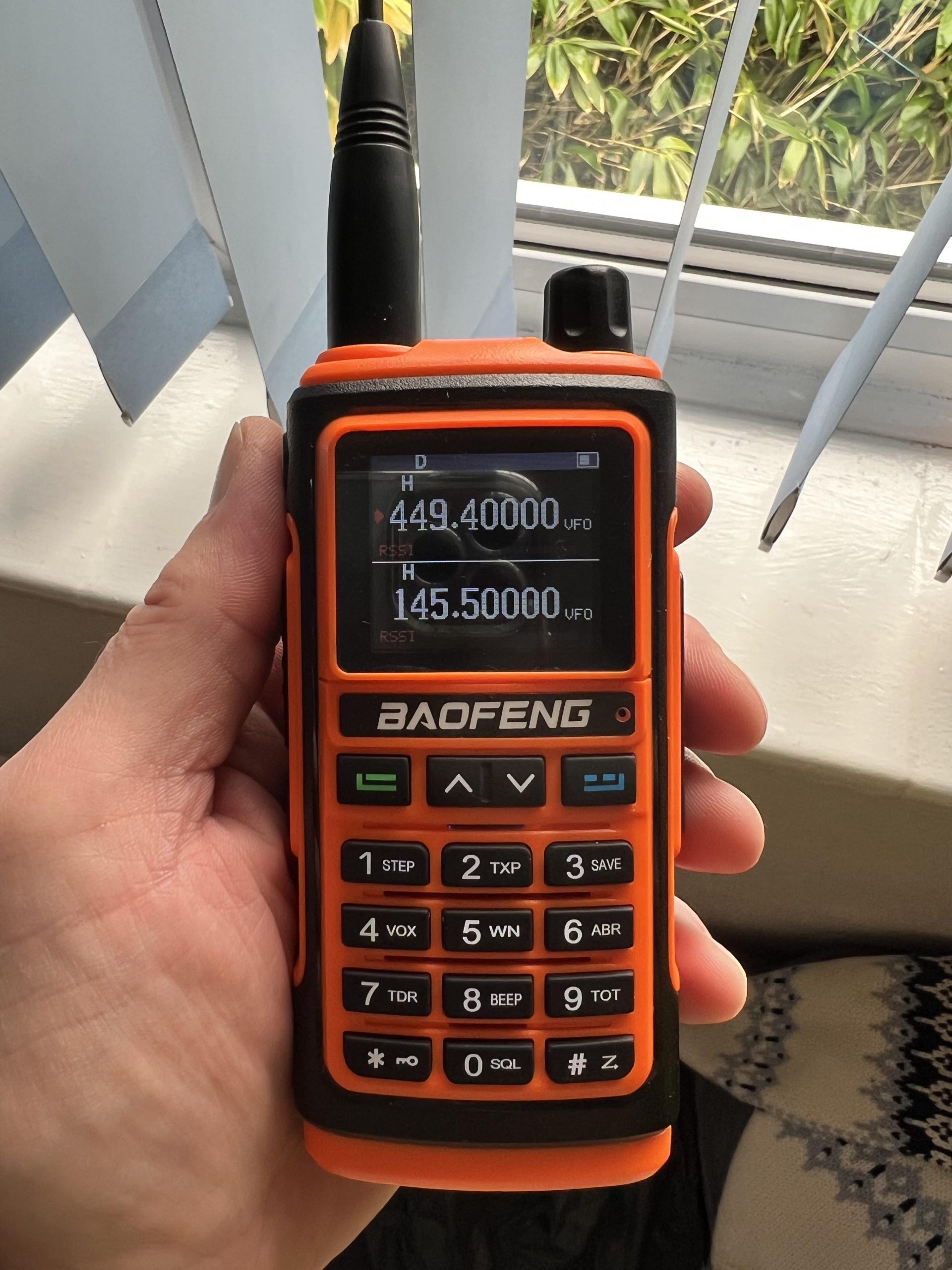Transformers are the unsung heroes of the electrical world, silently powering our modern lives. From the electricity that flows through our homes to the devices we rely on daily, transformers play a crucial role in ensuring a smooth and efficient power supply. In this article, we will delve into the principle and inner workings of transformers, shedding light on their fascinating operation.
- Understanding the Principle of Transformers:
At its core, a transformer is a static electrical device that transfers electrical energy between two or more circuits through electromagnetic induction. It consists of two essential components: primary and secondary coils, wound around a ferromagnetic core. The primary coil receives alternating current (AC) from a power source, while the secondary coil delivers the transformed voltage to the load. - The Magic of Electromagnetic Induction:
The principle behind a transformer's operation lies in Faraday's law of electromagnetic induction. When an alternating current flows through the primary coil, it generates a constantly changing magnetic field. This magnetic field then induces a voltage in the secondary coil, proportional to the turns ratio between the coils. This process allows for the efficient transfer of electrical energy from the primary to the secondary circuit. - Step-Up and Step-Down Transformers:
Transformers can either step up or step down the voltage, depending on the turns ratio of the coils. A step-up transformer increases the voltage, while a step-down transformer decreases it. This versatility enables transformers to adapt to various applications, such as power transmission, voltage regulation, and electrical isolation. - Efficiency and Losses:
While transformers are highly efficient devices, they are not without losses. Several factors contribute to energy losses, including resistive losses in the windings, hysteresis losses in the core material, and eddy current losses. Manufacturers strive to minimize these losses through careful design, selection of high-quality materials, and efficient cooling mechanisms. - Types of Transformers:
Transformers come in various types, each designed for specific applications. Distribution transformers are commonly found in power grids, stepping down high-voltage electricity for residential and commercial use. Instrument transformers are used for measuring and protecting electrical systems, while isolation transformers provide electrical isolation and safety. - Transformer Maintenance and Safety:
Proper maintenance is essential to ensure the longevity and safe operation of transformers. Regular inspections, testing, and preventive maintenance help identify potential issues and prevent catastrophic failures. Additionally, safety measures such as proper grounding, insulation, and protection devices are crucial to safeguard both the transformer and the surrounding electrical system.
Conclusion:
Transformers are the backbone of our electrical infrastructure, silently working behind the scenes to provide us with the power we need. Understanding the principle and inner workings of transformers allows us to appreciate their importance and the engineering marvel they represent. From their role in power transmission to voltage regulation, transformers continue to shape our electrified world, enabling progress and innovation.




